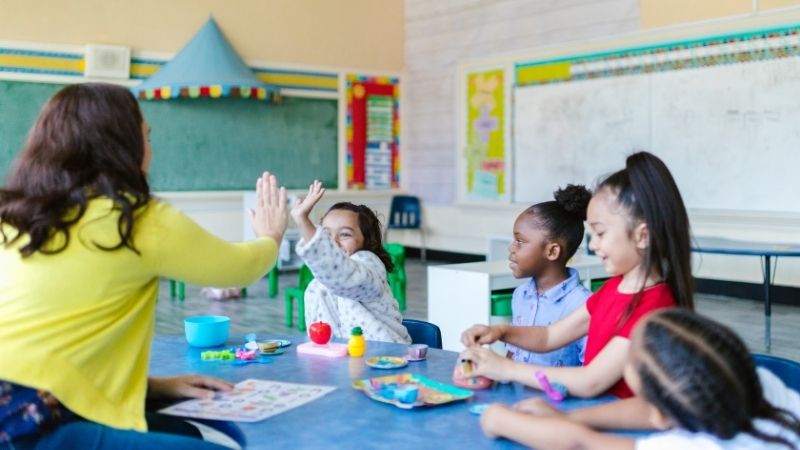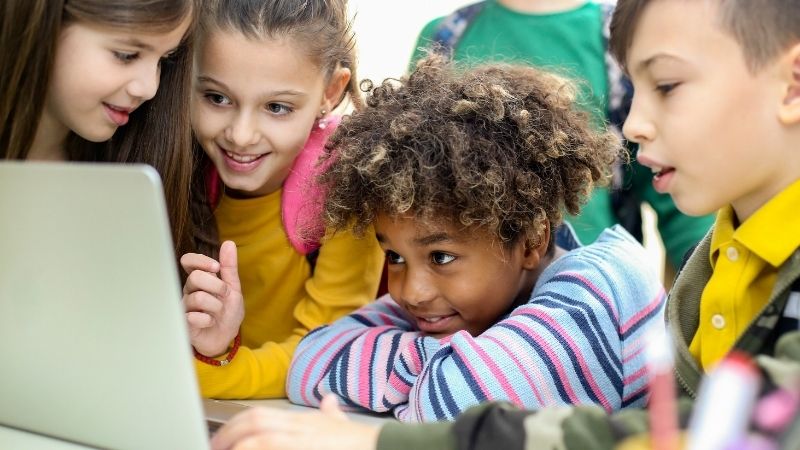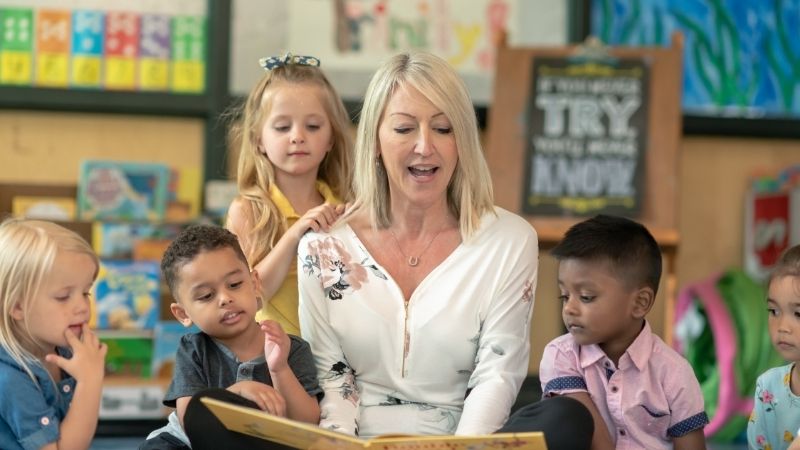
With the growing emphasis on student growth and development, effective behavioral interventions have become a crucial component of educational settings. This article explores strategies for shaping student growth through behavioral interventions, including intervention plans, positive reinforcement, behavior modification nuances, and the importance of student support.
Research has shown that these interventions can significantly impact academic performance and overall well-being. By understanding the intricacies of effective interventions and fostering supportive environments, educators can create an atmosphere conducive to positive change and empower students to reach their full potential.
Key Takeaways
- Clear and measurable goals are important in effective behavioral interventions.
- Positive reinforcement is a vital strategy in shaping student growth and behavior.
- Behavior modification techniques, particularly positive reinforcement, should be utilized to analyze and reinforce positive behaviors.
- Student support, including peer mentoring and family involvement, plays a crucial role in behavioral interventions and should be consistent across different environments.
The Importance of Effective Intervention Plans
The development and implementation of effective intervention plans play a crucial role in promoting positive behavioral outcomes for students. The key elements of an intervention plan include clear and measurable goals, targeted strategies, and consistent monitoring and evaluation.
Implementing effective behavior strategies is essential in addressing challenging behaviors and promoting positive change. These strategies may involve the use of positive reinforcement, such as rewards or praise, to encourage desired behaviors while ignoring or redirecting unwanted behaviors. Behavior modification techniques, such as shaping or prompting, can also be employed to teach new skills or replace problematic behaviors.
Additionally, it is vital to provide appropriate support for students throughout the intervention process, including individualized attention, consistent expectations, and collaboration with families and other professionals involved in the student's well-being.
Overall, effective intervention plans are essential tools for shaping student behavior and fostering positive growth.
Harnessing the Power of Positive Reinforcement
Harnessing the power of positive reinforcement is a key aspect to consider when implementing behavioral interventions for promoting student development. Encouraging intrinsic motivation and utilizing rewards effectively are two strategies that can be employed to enhance the effectiveness of positive reinforcement.

By encouraging intrinsic motivation, students are more likely to engage in desired behaviors because they find value and enjoyment in them, rather than solely relying on external rewards.
Utilizing rewards effectively involves selecting appropriate incentives that align with the individual needs and preferences of students, as well as providing timely and specific feedback. Additionally, it is important to vary the types of rewards used to maintain student interest and prevent habituation.
Understanding the Nuances of Behavior Modification
Understanding the nuances of behavior modification involves analyzing the intricacies of how individuals respond to specific stimuli and identifying patterns that influence their actions. Behavior analysis plays a crucial role in this process, as it allows for a systematic examination of behavior and its antecedents and consequences.
By employing behavior analysis techniques, educators can gain insight into the factors that contribute to problematic behaviors and develop effective intervention plans. Reinforcement techniques, particularly positive reinforcement, play a vital role in behavior modification. Positive reinforcement involves providing rewards or incentives that increase the likelihood of desired behaviors occurring again in the future. This approach focuses on acknowledging and reinforcing positive behaviors rather than punishing negative ones.
Understanding these concepts is essential for promoting student growth, creating supportive learning environments, and fostering freedom within educational settings.
Nurturing Student Growth Through Supportive Environments
Creating a supportive environment is crucial for nurturing student growth and fostering optimal learning experiences. To achieve this, educators can implement strategies that build resilience and create a sense of belonging among students. These strategies include:
Providing clear expectations: Clearly outlining the goals and objectives of the learning environment helps students understand what is expected of them and reduces anxiety.

Encouraging positive relationships: Promoting positive interactions between students and teachers as well as among peers fosters a sense of belonging, leading to increased engagement and motivation.
Offering social-emotional support: Addressing students' emotional needs by providing guidance, counseling services, or access to mental health resources helps them develop resilience and cope with challenges effectively.
Cultivating inclusive classrooms: Creating an inclusive environment where diversity is celebrated promotes empathy, understanding, and respect among students.
Providing opportunities for student voice and choice: Allowing students to have input in their learning experiences empowers them, enhances their confidence, and creates a sense of ownership.
The Vital Role of Student Support in Behavioral Interventions
The incorporation of supportive measures within educational settings plays an integral part in the successful implementation and outcomes of behavioral interventions.
Peer mentoring is a valuable strategy that can provide students with support, guidance, and positive role modeling from their peers. Research has shown that peer mentoring programs can lead to improvements in academic performance, behavior, and social skills.
Additionally, family involvement is crucial in reinforcing and extending the strategies used in school-based interventions. When families are actively engaged in their child's education and behavior management, it creates a collaborative approach that aligns efforts between home and school.

Involving families allows for consistent reinforcement of desired behaviors across different environments, increasing the likelihood of sustained change.
Overall, peer mentoring and family involvement contribute significantly to student support within behavioral interventions by enhancing social connections, providing additional resources for growth, and fostering a holistic approach to student development.
Frequently Asked Questions
How Can Educators Ensure That Their Intervention Plans Are Effective and Tailored to Individual Student Needs?
Educators can ensure the effectiveness and individualization of intervention plans by creating personalized strategies that address specific student needs. This involves incorporating positive reinforcement, understanding nuances of behavior modification, and providing vital student support.
Are There Any Potential Drawbacks or Limitations to Using Positive Reinforcement as a Behavioral Intervention Strategy?
Positive reinforcement as a behavioral intervention strategy has limitations. It may not be effective for all students, and alternative strategies such as negative reinforcement or punishment should also be considered.
What Are Some Common Misconceptions or Misunderstandings About Behavior Modification and How Can Educators Address Them?
Misconceptions about behavior modification in education can hinder its effective implementation. Educators can address these misunderstandings by providing accurate information, promoting professional development, and fostering a collaborative school culture focused on evidence-based practices in student behavior support.
How Can Schools Create and Maintain Supportive Environments That Promote Student Growth and Positive Behavior?
To create and maintain a supportive school environment that promotes student growth and positive behavior, schools should focus on fostering a positive school climate and establishing strong teacher-student relationships. These factors contribute to the overall well-being and success of students.
What Specific Support Services or Resources Should Be Provided to Students to Ensure the Success of Behavioral Interventions?
Student counseling and parent involvement are crucial support services for successful behavioral interventions. Counseling provides individualized guidance and strategies, while involving parents ensures consistency and reinforcement at home.

 Careers in EducationElementary EducationHigh School EducationEducational TechnologyTeaching StrategiesSpecial EducationPrivacy PolicyTerms And Conditions
Careers in EducationElementary EducationHigh School EducationEducational TechnologyTeaching StrategiesSpecial EducationPrivacy PolicyTerms And Conditions
